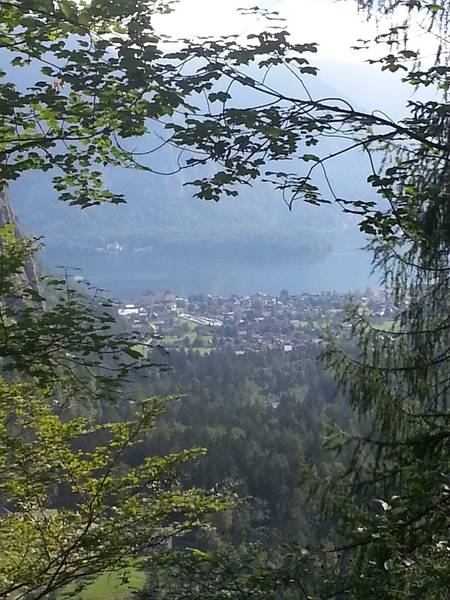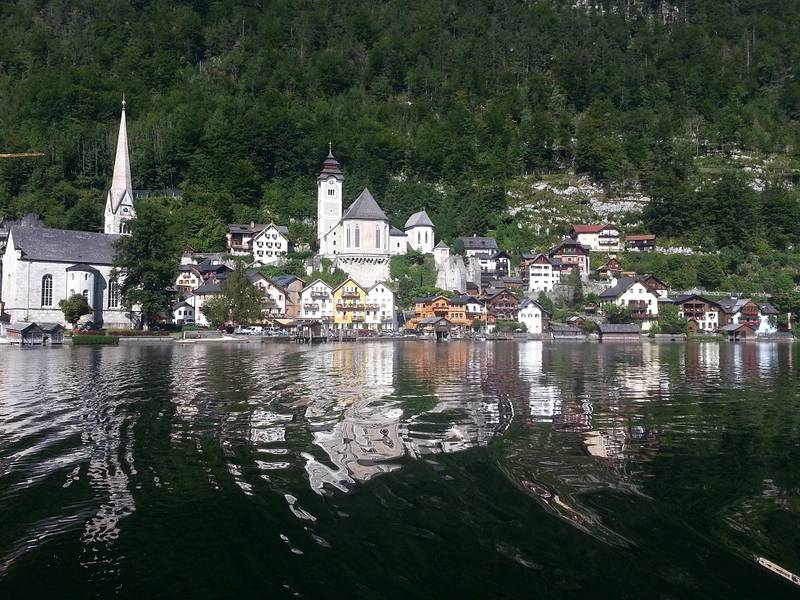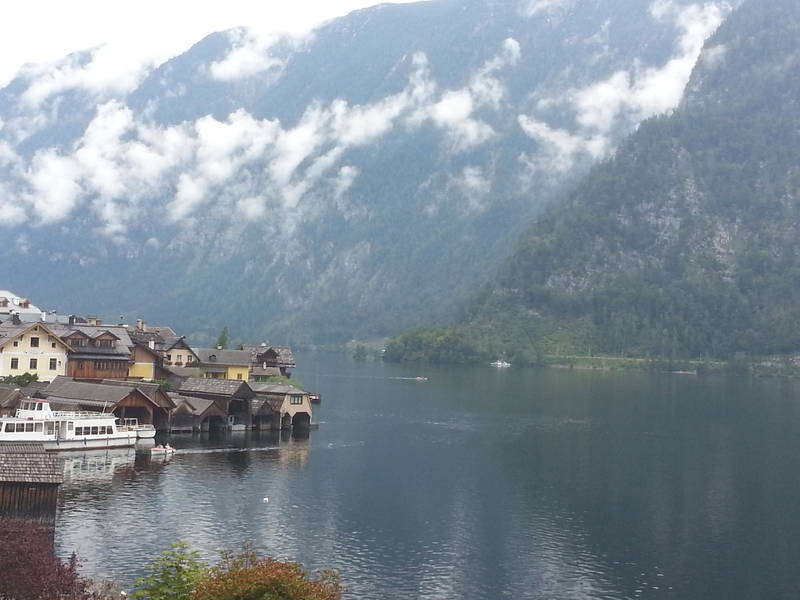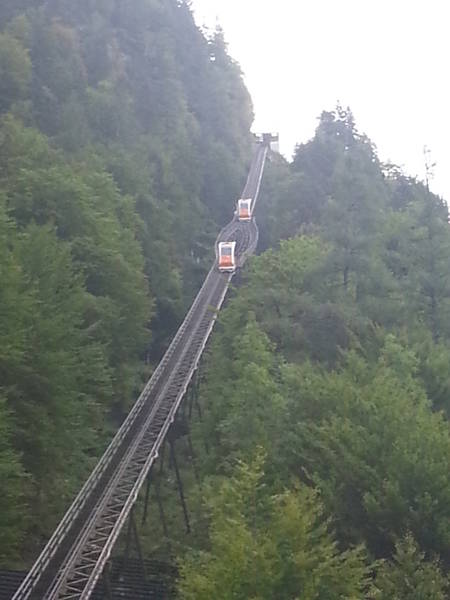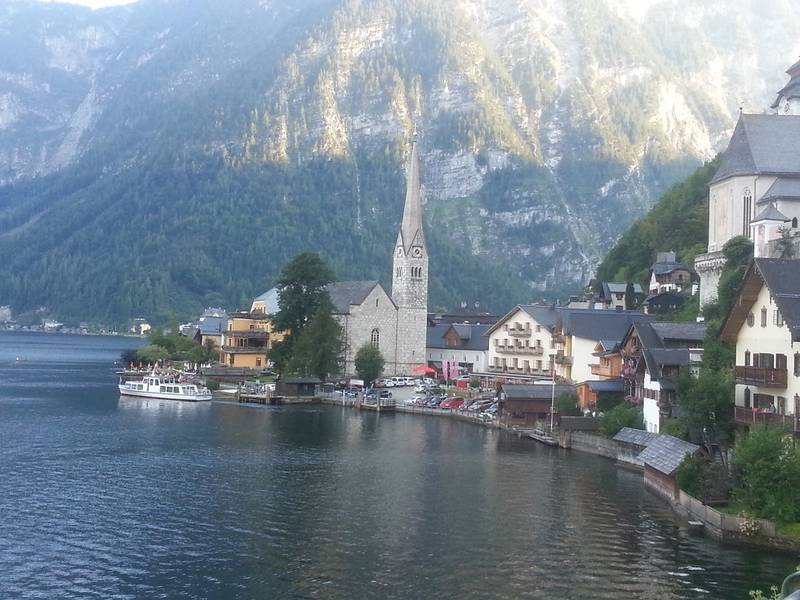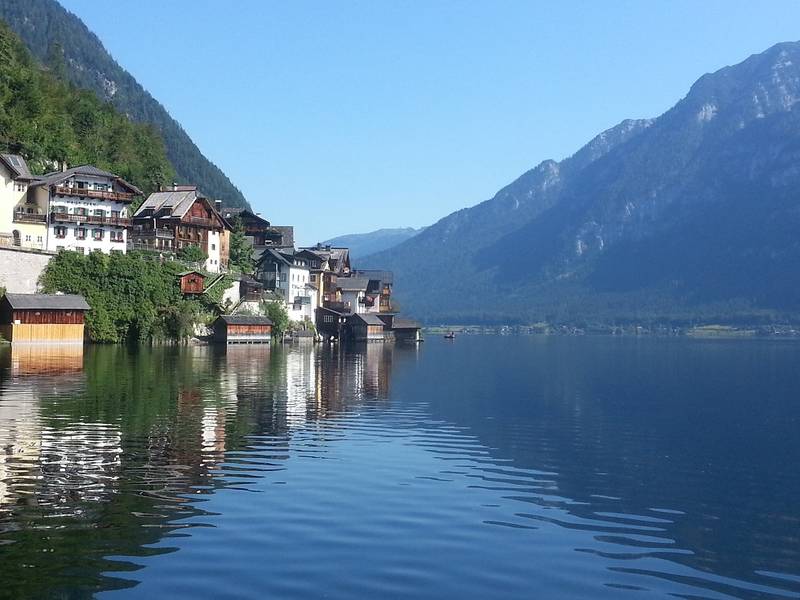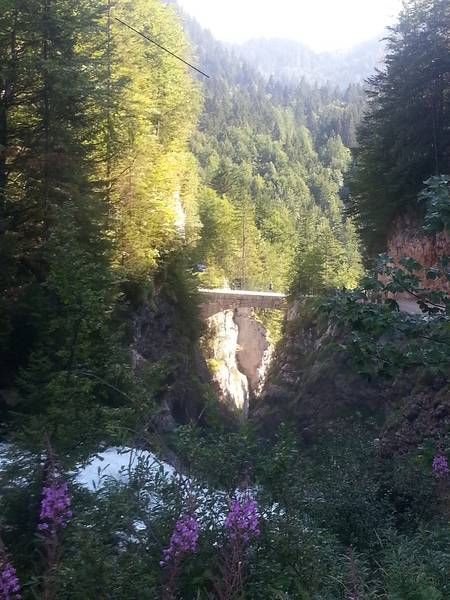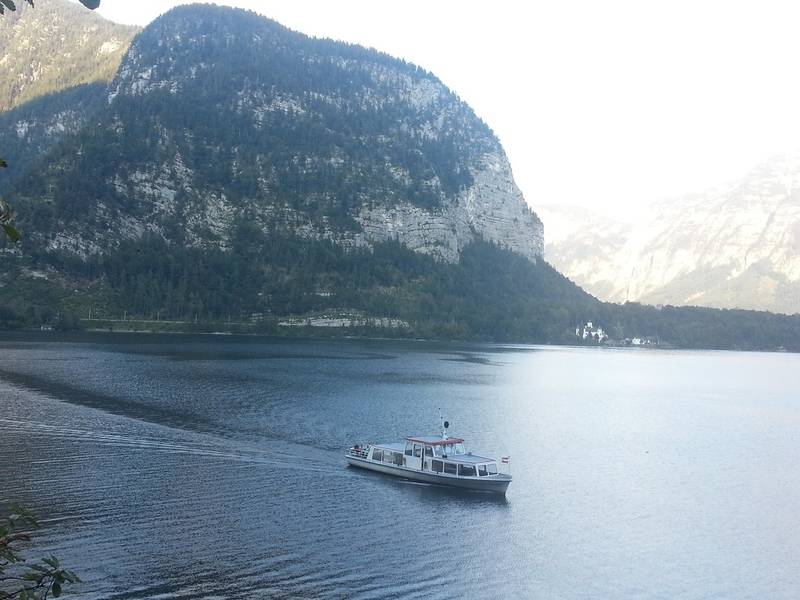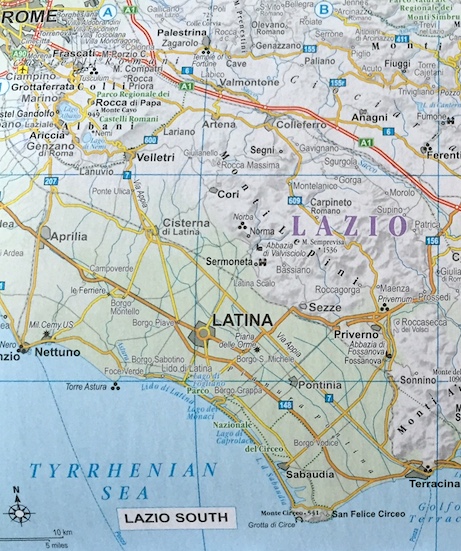For anyone in Florence, there are only a few more days left to catch this important exhibition at the Galleria dell’Accademia (closes 9th November) dedicated to art inspired by Italy’s most famous saint. Unfortunately it has limited space and the crowds of visitors who come to the Accademia just to see Michelangelo’s David produce an atmosphere anything but an inducement to a peaceful quiet study of the pieces on exhibition—but don’t be put off!
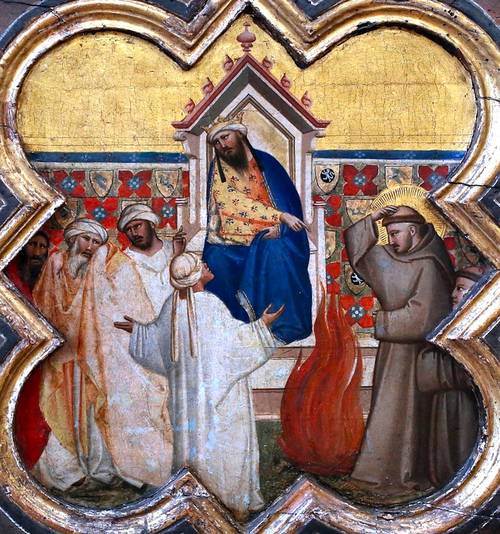
The first exhibit is an ivory horn which almost certainly belonged to Francis himself. Tradition says that it was given to him by the learned Sultan al-Malik al-Kamil, an extremely cultured man, whom Francis is known to have met on his visit to Egypt during the troubled times of the Fifth Crusade. Francis had sailed from Ancona in 1219 and was in Egypt that summer and managed to obtain an audience with the Sultan who received him kindly and with due respect in the presence of his most learned councillors. It was at this meeting that Francis walked across fire unscathed (trial by fire was recognized as a means of solving disputes), but the costly gifts the Sultan offered to Francis were all refused except this hunting horn, since Francis had seen its utility when in Egypt and decided he could use it when back in Italy to call his brothers to prayer. It became one of the most precious relics associated with him (today it is preserved in Assisi). The silver mount was added some hundred years after the saint’s death.
A simple 13th-century bronze reliquary chest from Ognissanti in Florence, which once contained the habit Francis was wearing when he received the stigmata at La Verna, is displayed beside the horn (part of the habit, after many vicissitudes, is supposed to be that preserved at La Verna today). The V& A have lent a precious little 14th-century seal which depicts the vision of a Englishman, Aimone (Haymo) born in Faversham (Kent), who had a vision in 1222 of Francis lowering his knotted girdle to two fishermen in a boat (the scene is charmingly depicted on the seal). As a result Aimone became a Franciscan and his fame was such that he even succeeded Fra’ Elia as minister general of the Order in 1240 and remained in Italy, where he died four years later.
The main part of the exhibition is naturally devoted to images of St Francis and this is an opportunity to see the numerous different ways he was portrayed from the 13th to the 15th century. One of the earliest and most important paintings, dating from c. 1230, is from Pisa showing Francis surrounded by six scenes of his miracles by Giunta Pisano (properly called Giunta di Capitino), who worked for the Franciscans for some 30 years. Dating from around 20 years later, the painting of St Francis with eight stories from his life is a well-known work from Pistoia (where the Franciscans were established by 1232), and has many similarities with the earlier panel. A series of paintings all dating from the mid-13th century show Francis surrounded by little scenes from his life. Another familiar mid-13th century icon of the saint is that first produced by Margarito d’Arezzo and five of these are displayed together: Francis is depicted standing in his habit with a hooded cowl holding a book, and showing the signs of his stigmata. This became a prototype and many replicas were made (as well as fakes) of this image. But the most striking portrait of St Francis is that by the great painter Cimabue, dating from 1280 and still preserved in Assisi: it shows the poverello standing and bare-headed in a simple pose holding a book bound in red. This is generally considered to be one of the most authentic portraits to have survived from this time.
After Francis received the stigmata from the Cross, painted Crosses naturally became very popular and were always in need to decorate Franciscan churches. Beautiful examples in the exhibition include one (c. 1236, now in Assisi) of the three still extant signed by Giunta di Capitino. Another one from Faenza is by a master named the ‘Maestro dei Crocifissi Francescani’ because he became so well known for Crosses like this one.
The rule of the Order sanctioned by Honorius III in 1223 specified that the friars should also be concerned with preaching to the Saracens and non-Christians. Some of the friars’ travels through Asia as far as China, and the history of their encounter with the Mongols, are documented in the excellent catalogue. The Franciscans also have a centuries’-old role as custodians of Christian sites in the Holy Land (by 1348 we know that 20 Friars Minor were living in Bethlehem). On display from their museum in Jerusalem are sculptural fragments, antiphonals, pilgrims’ lamps and ampullae for Holy Oil, and a crosier in gilded copper with enamel decoration. Inscriptions in Arabic have been lent by another Franciscan Museum on Mount Tabor in Galilee. But these pieces only underline how little we know in Europe about the Franciscans in the East.
Later works include an exquisite small Crucifixion painted by Ugolino di Nerio (from the Metropolitan Museum of Art in New York) and a superb large Maestà (c. 1320) by a painter who is known as the ‘Maestro di Figline’ from this work and which is here because it shows St Elizabeth of Hungary and St Louis of Toulouse (who is trampling his crown underfoot), both of them Franciscan saints, suitably dressed in the Franciscan habit. This comes from the small Tuscan town of Figline and is one of the most beautiful paintings in all Italy of its date. Another lovely painting on display, but dating from the late 15th century, is St Francis receiving the Stigmata by Bartolomeo della Gatta (from the little town of Castiglion Fiorentino on the southern border of Tuscany), which shows the saint in the presence of the astonished Fra’ Leone, in a beautiful rocky landscape recalling La Verna with a barn owl looking on as the golden stigmata descend from the Cross in the sky to end in bright stars (instead of the more usual macabre ‘holes’) on the saint’s hands and feet. La Verna (described in detail in Blue Guide Tuscany and Blue Guide Central Italy) in the Casentino near Florence was where Francis received the stigmata in 1224.
There is also a room devoted to works made for Florence’s great Franciscan church of Santa Croce. These include the little painted panels in gilded quatrefoil frames which were once part of a huge sacristy cupboard and which illustrate the life of Christ in parallel to that of St Francis. These are now preserved in the Galleria dell’Accademia itself, although four of them were lost to Munich and Berlin in the 19th centuryand only one has been lent for the exhibition (but it is the one which shows the Trial by Fire before the Sultan). Also here is the fascinating fresco which was detached from the first cloister of the church and is of particular interest because it includes one of the very first views of the Baptistery beside the old façade of the Duomo, but is here because it portrays the arrival of the Friars Minor in Florence in the winter of 1209 led by the first follower of St Francis, Fra’ Bernardo da Quintavalle: the group of Franciscans are shown refusing charity from officers in the cathedral who have failed to recognize them. For this occasion the fresco has been given a new attribution to the little-known Pietro Nelli.
Arguably the most beautiful of all paintings of St Francis (which includes 20 stories from his life) has also been brought here from Santa Croce (the Bardi Chapel). Dating from the 1240s, it provided the most complete illustration of episodes in the saint’s life before Giotto’s frescoes in the upper church in Assisi, and includes the scene of him preaching before the Sultan and a group of Muslims in their turbans, as next to the more familiar scene of him preaching to the birds. Its attribution to Coppo di Marcovaldo, the most important painter in Florence before Cimabue, is now generally accepted, and seems more than ever likely now the panel has been beautifully restored especially for this exhibition.
by Alta Macadam, author of Blue Guide Florence and many other Blue Guides to Italy.







